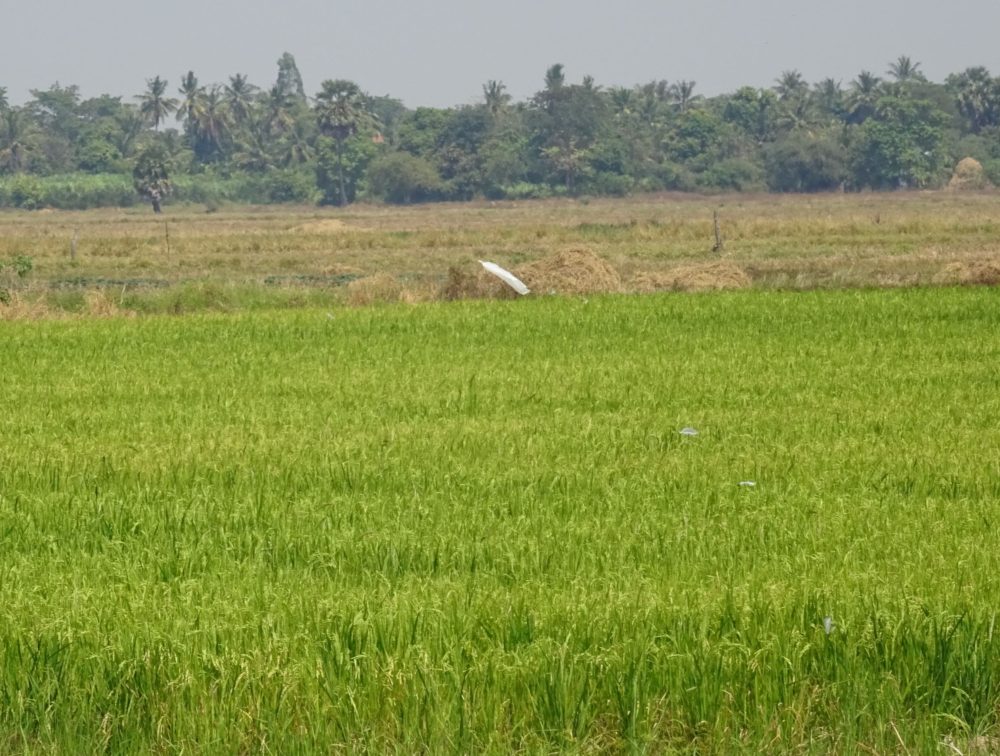By Neena Bhandari
Sydney, 05.10.2020 (SciDev.Net): Australian scientists have discovered a way to engineer more efficient versions of the plant enzyme Rubisco by using a red algae-like Rubisco from a bacterium, which has the potential to improve production of crops like sorghum, wheat and rice in the Asia Pacific region and the world.
The research, published in the Proceedings of the National Academy of Sciences (PNAS) on 29th September 2020, aims to improve the process of photosynthesis to increase growth and yield of major crops.
Rubisco (Ribulose-1,5-bisphosphate carboxylase/oxygenase), the most abundant enzyme on earth, performs the carbon dioxide fixing step of photosynthesis and its slow activity often limits the growth rate of plants. The Rubisco from red algae and Rhodobacter sphaeroides, a kind of purple bacterium that can obtain energy through photosynthesis, share a common lineage, say researchers.

